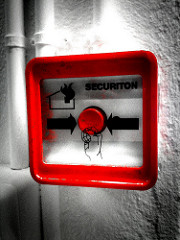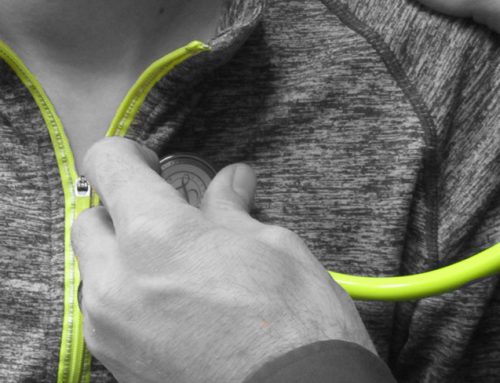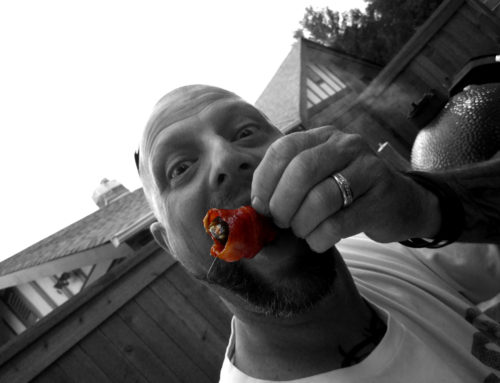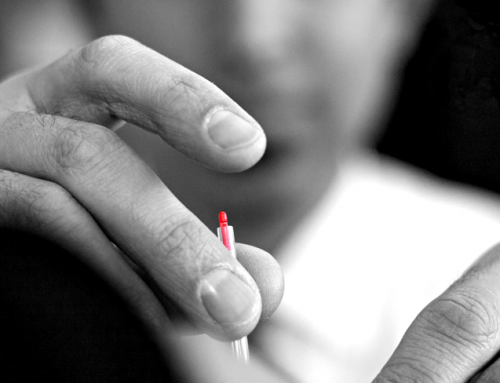It’s going to be HOT out there this weekend, with temperatures up to 99° on Monday. This means we’ve got to be careful and prepare for three days of “way too hot” weather here in Oregon. Two of the biggest concerns on hot days like this are heat exhaustion and its more mature, meaner brother, heat stroke.
While impossible to be outside and avoid the heat entirely, with a little bit of knowledge and prevention you can avoid severe damage to yourself, friends, and your family. Numbers tracked though 2009 show that an average of 658 people in the United States die every year due to heat related illness (Heat-Related Deaths, 2013).
Heat Exhaustion versus Heat Stroke
…prevention is the key to most health concerns.
Making it Easy
First, lets look at the basics of the language. Exhaustion versus stroke: clearly, being exhausted is nowhere as severe as having a stroke. So, simple to remember the margin of severity here. And, it is severe. Once you get to heat stroke you have to involve Emergency Medical Services (EMS).
The Similarities
Think hot! Confusion and dizziness are common. Fatigue, headache, muscle cramps, and a rapid heart beat go hand in hand.
If these symptoms are coupled with profuse sweating and pale skin, then it’s not too late! Give them some water, remove them from the heat (to a shaded or air conditioned space), and fan them until they cool down. If they start to feel better, great. Their day is still over and they need mass hydration and to stay out of the heat, but it’s time to go home and check in with mom.As long as things don’t progress beyond this, you’ll be just fine. Loosen all tight clothing, take a cool shower or bath, and drink plenty of cool, clear liquids. If things improve, great! If they don’t start to feel better in 15 minutes, you may want to consider hitting up the ER or Urgent Care.
BUT!
It’s called hitting the fan
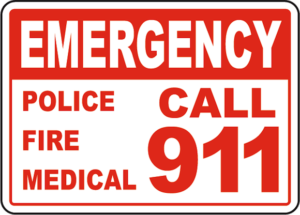
Once you get to heat stroke you have to involve Emergency Medical Services (EMS).
Once heat stroke kicks in you won’t be able to reverse the effects with hydration; that ship has sailed. The only thing you can do is control the body temperature to prevent brain damage and wait for EMS to show up and transport the injured party to the hospital.
Links and References
Links
- How to avoid heat exhaustion from the Mayo Clinic
- Heat Stroke: Symptoms and Treatment from WebMD
- Signs and prevention tips from the CDC
- Fruit Infused Water Recipes from DailyBurn
References
Heat-Related Deaths After an Extreme Heat Event — Four States, 2012, and United States, 1999– 2009. (2013, June 07). Retrieved September 01, 2017, from https://www.cdc.gov/mmwr/preview/mmwrhtml/mm6222a1.htm#fig
